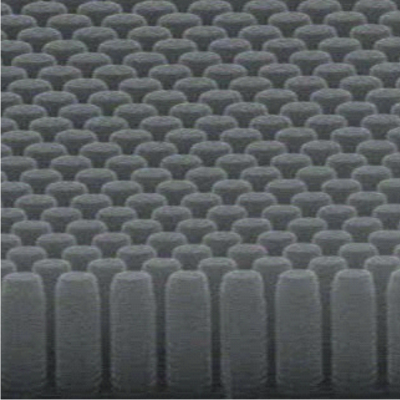Polariton condensation in microcavity lattices
Polariton condensation in microcavity lattices
 In 1928, Paul Dirac brilliantly derived a theory combining relativity and quantum mechanics by describing the relativistic
motion of electrons with a massless linear dispersion relation. This recently gave great insight into the formation of
Dirac fermions in condensed matter systems like graphene, carbon nanotubes or topological insulators by the observation
of unique transport properties such as the anomalous quantum Hall effect or Klein tunneling. An outstanding platform to
create and investigate bosonic Dirac-like particles and mimic the relativistic properties of real Dirac particles is given
by the two-dimensional arrangement of polaritons in microcavity lattices. These two-dimensional polariton lattices create
higher orbitals in the polariton band structure allowing the crossing of two degenerate polariton bands (Dirac points).
Several lattice geometries such as honeycomb or triangular lattices have already been proposed for the formation of such
Dirac points. The triangular lattice has already experimentally been proven to show Dirac bosons in higher order bands
therewith laying the ground for exciting more research.
In 1928, Paul Dirac brilliantly derived a theory combining relativity and quantum mechanics by describing the relativistic
motion of electrons with a massless linear dispersion relation. This recently gave great insight into the formation of
Dirac fermions in condensed matter systems like graphene, carbon nanotubes or topological insulators by the observation
of unique transport properties such as the anomalous quantum Hall effect or Klein tunneling. An outstanding platform to
create and investigate bosonic Dirac-like particles and mimic the relativistic properties of real Dirac particles is given
by the two-dimensional arrangement of polaritons in microcavity lattices. These two-dimensional polariton lattices create
higher orbitals in the polariton band structure allowing the crossing of two degenerate polariton bands (Dirac points).
Several lattice geometries such as honeycomb or triangular lattices have already been proposed for the formation of such
Dirac points. The triangular lattice has already experimentally been proven to show Dirac bosons in higher order bands
therewith laying the ground for exciting more research.